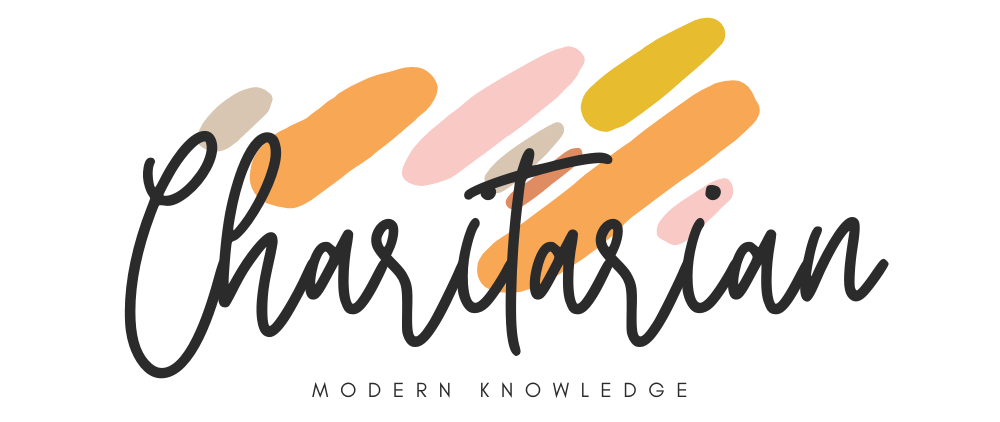A cleanroom is a highly controlled environment that relies on a precise protocol to keep the environment sanitary. In order to maintain the integrity of a cleanroom, wearing the proper protective clothing is the key to ensuring a sterile, clean area. Wearing cleanroom garments prevents contamination and protects workers from harm. In order to ensure a safe environment, proper gowning procedures should take place every time someone enters or exits a cleanroom. Here are three essential strategies to follow for better cleanroom gowning.
- Cleaning
As soon as employees prepare for their work, cleaning the body should begin. A thorough cleaning should involve any parts of the body that are exposed including the face, lower arms, and hands. Sanitizing soap should be used to wash the hands, and everyone should remove all jewelry items such as necklaces, rings, and watches. These items can carry dirt and debris into the cleanroom, so they must be removed.
When employees wash their hands, they should only use pre-approved cleanroom soaps. Wet and scrub the hands all the way to the elbows for a minimum of 15 seconds. Pay special attention under the fingernails and clean them thoroughly. After hands are fully washed, a HEPA-equipped hand dryer should be used. Paper towels should never be used for hand-drying before entering the cleanroom. Another gowning practice includes using tacky or sticky mats. These mats have a sticky surface to remove dirt and debris from the soles of shoes.
- Gloves: The First Pair
Once every piece of jewelry is removed and all exposed skin is thoroughly cleaned, it’s time to enter the gowning area. Never touch the door when entering this space, or it could cause contamination. Step on the tacky mat a few times to ensure that all contaminants are removed from the bottom of your shoes. Put on the first pair of gloves using a special spray or gel. The type of material of gloves used depends heavily on how reactive the environment is. Some examples of cleanroom glove materials include latex, vinyl, nitrate, neoprene, and tri-blend chemical gloves. The gloves should already be provided for employees based on cleanroom’s unique environment.
- The Gowning Process
Every time you begin gowning procedures, start from top to bottom by donning the hood of the cleanroom suit first. The process should end with the shoe covers. When you follow this method, it keeps particles and contaminants from falling onto the parts of the body that have already been gowned. Ensure that the hood or bouffant cap and mask of the cleanroom suit fit securely and that there are no visible gaps anywhere around the mouth and nose area.
Whether it’s a frock, coveralls, or a lab coat, cleanroom suits are specifically made to conceal regular clothing. Never allow gowning suits or other clothing to touch the floor. For coveralls, tuck the lower part of the leg openings tightly into the approved footwear. Next, put cover shoes over the cleanroom boots. Put on any face masks or goggles as needed and sanitize your gloved hands one more time. The second pair of gloves can now be put on. Take a close look to confirm that everything is completed per your facility’s protocol before entering the cleanroom. Once employees leave the cleanroom, every piece of protective covering should be discarded in a sanitary manner.
In order to maintain a contaminant-free cleanroom, be sure to always use these three essential strategies as your starting point and basic guide. If any garments tear, the process must start all over again. Create a legible list of rules and regulations for your cleanroom so that every employee fully understands the proper order that must be followed. Make sure that all gaps are sealed between clothing. Keep a clear training process in place and retrain your employees to make sure everyone is up to date on the latest protocols for a safe, sterile work environment that remains up to standard.








